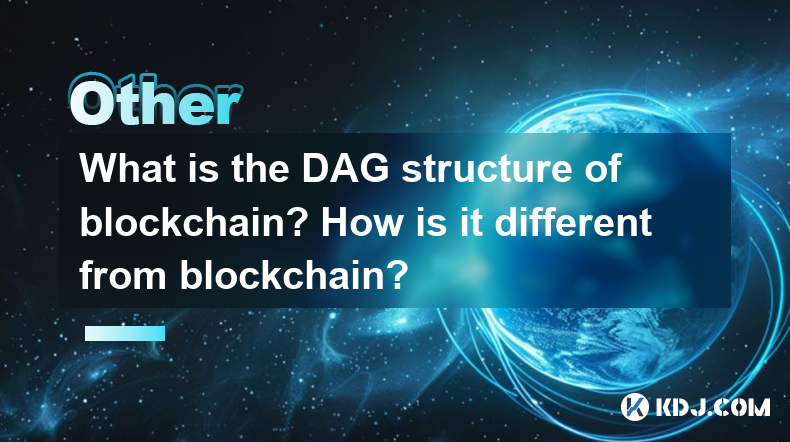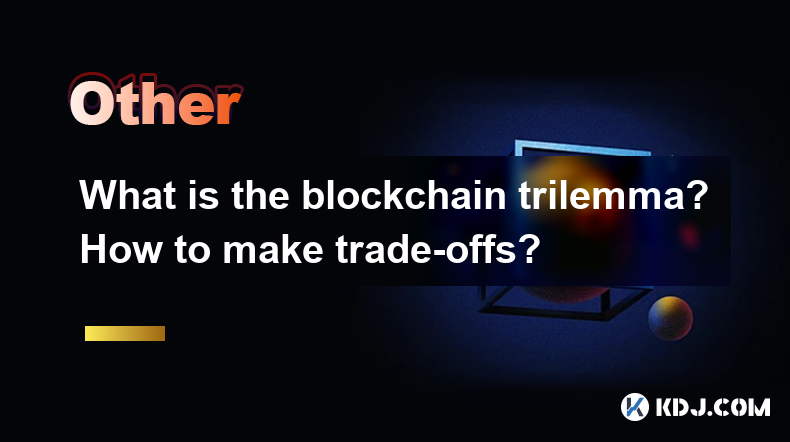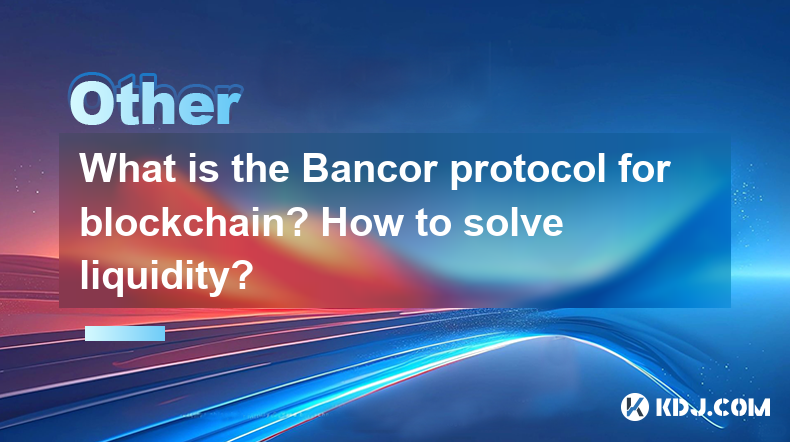-
 Bitcoin
Bitcoin $93,090.6111
-1.72% -
 Ethereum
Ethereum $1,770.2634
-3.12% -
 Tether USDt
Tether USDt $1.0004
-0.01% -
 XRP
XRP $2.2425
2.80% -
 BNB
BNB $601.7159
-0.39% -
 Solana
Solana $146.1992
-1.57% -
 USDC
USDC $1.0000
0.00% -
 Dogecoin
Dogecoin $0.1761
-2.04% -
 Cardano
Cardano $0.6943
-1.93% -
 TRON
TRON $0.2440
-3.92% -
 Sui
Sui $3.4577
0.21% -
 Chainlink
Chainlink $14.4216
-3.05% -
 Avalanche
Avalanche $21.3447
-5.09% -
 Stellar
Stellar $0.2813
-2.87% -
 UNUS SED LEO
UNUS SED LEO $9.0794
0.98% -
 Toncoin
Toncoin $3.2437
-2.99% -
 Hedera
Hedera $0.1881
-1.68% -
 Shiba Inu
Shiba Inu $0.0...01333
-4.24% -
 Bitcoin Cash
Bitcoin Cash $344.1649
-3.36% -
 Litecoin
Litecoin $84.6607
-2.43% -
 Polkadot
Polkadot $4.0531
-3.64% -
 Hyperliquid
Hyperliquid $17.0217
-4.79% -
 Monero
Monero $303.2314
30.62% -
 Dai
Dai $1.0001
-0.01% -
 Bitget Token
Bitget Token $4.3138
-2.95% -
 Ethena USDe
Ethena USDe $0.9995
-0.02% -
 Pi
Pi $0.6254
-3.36% -
 Pepe
Pepe $0.0...08747
-2.68% -
 Uniswap
Uniswap $5.4305
-7.93% -
 Aptos
Aptos $5.3191
-4.60%
What are the applications of blockchain in supply chain management?
Blockchain revolutionizes supply chains by enhancing transparency, efficiency, and security, allowing real-time data sharing and reducing fraud through decentralized ledgers.
Apr 27, 2025 at 11:00 pm

The integration of blockchain technology into supply chain management has revolutionized how businesses track, manage, and secure their supply chains. Blockchain offers a decentralized and transparent ledger system that can significantly enhance the efficiency, security, and traceability of supply chain operations. This technology's ability to record transactions across multiple participants in a verifiable and permanent way makes it an ideal tool for managing complex supply chain networks.
Enhancing Transparency and Traceability
One of the primary applications of blockchain in supply chain management is improving transparency and traceability. Every transaction and movement of goods can be recorded on the blockchain, creating an immutable history that all participants can access. This feature is particularly beneficial in industries where provenance and authenticity are crucial, such as pharmaceuticals, food, and luxury goods. For instance, in the food industry, blockchain can track a product from farm to table, ensuring that consumers can verify the origin and journey of their food.
Improving Efficiency and Reducing Costs
Blockchain can also streamline supply chain processes, leading to improved efficiency and reduced costs. By automating various aspects of supply chain management, smart contracts can execute transactions and agreements automatically when certain conditions are met. This automation reduces the need for intermediaries, cuts down on paperwork, and speeds up the overall process. For example, a smart contract could automatically trigger payment to a supplier once the goods are received and verified, eliminating delays and reducing administrative overhead.
Enhancing Security and Reducing Fraud
The decentralized nature of blockchain makes it highly secure against fraud and cyber-attacks. Each block in the chain is cryptographically linked to the previous one, making it extremely difficult to alter or falsify records. This feature is invaluable in supply chain management, where the integrity of data is paramount. By using blockchain, companies can protect against counterfeit goods, unauthorized changes to records, and other forms of fraud that can disrupt supply chains.
Facilitating Collaboration and Trust Among Participants
Blockchain fosters a higher level of trust and collaboration among supply chain participants. Since all parties have access to the same information in real-time, disputes and misunderstandings can be minimized. This shared ledger system ensures that everyone operates with the same set of data, reducing the likelihood of errors and discrepancies. For instance, manufacturers, distributors, and retailers can all use the blockchain to ensure that inventory levels are accurately reported and managed, leading to better coordination and planning.
Enabling Real-Time Data Sharing
Another significant application of blockchain in supply chain management is the ability to share data in real-time. Blockchain networks can facilitate instant data sharing among all parties, allowing for quicker decision-making and more responsive supply chains. This real-time data sharing can be particularly useful in scenarios where supply chain disruptions occur, enabling companies to react swiftly and mitigate the impact. For example, if a shipment is delayed, the blockchain can immediately inform all relevant parties, who can then adjust their plans accordingly.
Case Studies of Blockchain in Supply Chain Management
Several companies have already implemented blockchain solutions in their supply chains, demonstrating its practical applications. For instance, Walmart has used blockchain to improve the traceability of food products. By partnering with IBM, Walmart developed a blockchain-based system that can trace the origin of leafy greens in seconds, a process that previously took days. This system not only enhances food safety but also improves consumer trust and satisfaction.
Another example is Maersk, the world's largest container shipping company, which has collaborated with IBM to create TradeLens, a blockchain-enabled shipping solution. TradeLens provides a secure and transparent platform for sharing shipping data among all stakeholders, from shippers to customs authorities. This platform has significantly reduced the time and cost associated with shipping, making global trade more efficient.
Challenges and Considerations
While blockchain offers numerous benefits for supply chain management, there are also challenges and considerations that companies must address. The technology is still relatively new and requires significant investment in infrastructure and training. Additionally, there are concerns about scalability and the energy consumption associated with some blockchain networks. Companies must carefully evaluate these factors and develop strategies to overcome them.
Implementation Steps for Blockchain in Supply Chain Management
To successfully implement blockchain in supply chain management, companies should follow a structured approach. Here are the key steps involved:
- Identify the Use Case: Determine the specific areas within the supply chain where blockchain can add the most value. This could be improving traceability, reducing fraud, or enhancing collaboration.
- Select the Right Blockchain Platform: Choose a blockchain platform that meets the specific needs of the supply chain. Consider factors such as scalability, security, and ease of integration with existing systems.
- Develop a Pilot Project: Start with a small-scale pilot project to test the blockchain solution in a controlled environment. This allows the company to identify any issues and refine the solution before full-scale implementation.
- Engage Stakeholders: Involve all relevant stakeholders in the implementation process, including suppliers, distributors, and customers. Ensure that everyone understands the benefits and is committed to the success of the project.
- Integrate with Existing Systems: Ensure that the blockchain solution can seamlessly integrate with existing supply chain management systems. This may require developing custom interfaces or APIs.
- Train Staff: Provide training to staff on how to use the blockchain solution effectively. This includes understanding how to record transactions, access data, and troubleshoot issues.
- Monitor and Evaluate: Continuously monitor the performance of the blockchain solution and gather feedback from stakeholders. Use this information to make ongoing improvements and ensure that the solution meets its intended objectives.
Frequently Asked Questions
Q: How does blockchain improve supply chain security?
A: Blockchain improves supply chain security by creating a tamper-proof ledger of transactions. Each block is cryptographically linked to the previous one, making it extremely difficult to alter or falsify records. This ensures that all data within the supply chain remains secure and accurate.
Q: Can blockchain be used in any industry for supply chain management?
A: While blockchain can be applied to various industries, its effectiveness depends on the specific needs of the supply chain. Industries that require high levels of traceability and security, such as pharmaceuticals, food, and luxury goods, are particularly well-suited for blockchain solutions.
Q: What are the potential drawbacks of implementing blockchain in supply chain management?
A: Potential drawbacks include the high initial cost of implementation, the need for significant infrastructure and training, and concerns about scalability and energy consumption. Companies must carefully weigh these factors against the potential benefits.
Q: How can small businesses benefit from blockchain in supply chain management?
A: Small businesses can benefit from blockchain by improving transparency and traceability, reducing costs through automation, and enhancing collaboration with larger partners. However, they must consider the feasibility of implementation given their resources and scale.
Disclaimer:info@kdj.com
The information provided is not trading advice. kdj.com does not assume any responsibility for any investments made based on the information provided in this article. Cryptocurrencies are highly volatile and it is highly recommended that you invest with caution after thorough research!
If you believe that the content used on this website infringes your copyright, please contact us immediately (info@kdj.com) and we will delete it promptly.
- Maddie Griffin doesn't try to hide the fact that she is a numbers person
- 2025-04-28 09:20:14
- FINAL100 Expiring: $0.0002 Entry Into 2900% Moonplay—BTFD is the Next Crypto to Explode Amid Snek and Simon's Cat Hype!
- 2025-04-28 09:20:14
- Dogecoin (DOGE) Price Enters a New Bullish Phase After Flashing Trend Reversal
- 2025-04-28 09:15:12
- With the Rapid Development of Blockchain Technology, Digital Currency Mining Has Become a Popular Investment Method
- 2025-04-28 09:15:12
- BetMGM Bonus Code CUSE150: Unlock $150 Bonus or $1500 First Bet Offer
- 2025-04-28 09:10:12
- The Interplay of Crypto and Politics: New Frontiers of Influence
- 2025-04-28 09:10:12
Related knowledge

What is random number generation for blockchain? Why is it critical?
Apr 27,2025 at 09:07pm
Random number generation (RNG) in the context of blockchain technology is a crucial component that plays a significant role in ensuring the security, fairness, and unpredictability of various blockchain operations. RNG is used in a variety of applications within the blockchain ecosystem, such as generating cryptographic keys, creating unique addresses, ...

What is the DAG structure of blockchain? How is it different from blockchain?
Apr 27,2025 at 08:56pm
The Directed Acyclic Graph (DAG) structure represents a fascinating alternative to traditional blockchain technology within the cryptocurrency ecosystem. DAG is a type of data structure that is used in several cryptocurrencies to enhance scalability and transaction speed. Unlike traditional blockchains, which rely on a linear chain of blocks, DAGs emplo...

What is the blockchain trilemma? How to make trade-offs?
Apr 27,2025 at 08:15pm
The blockchain trilemma is a fundamental concept in the world of cryptocurrencies and blockchain technology. It refers to the challenge of achieving three key properties simultaneously: scalability, security, and decentralization. These three aspects are crucial for the success and widespread adoption of any blockchain network. However, achieving all th...

What is a stateless client for blockchain? How to reduce storage burden?
Apr 27,2025 at 08:01pm
A stateless client for blockchain refers to a type of software that interacts with a blockchain network without the need to store the entire state of the blockchain. This approach significantly reduces the storage burden on individual nodes, making it more feasible for devices with limited resources to participate in the network. In this article, we wil...

What is the Bancor protocol for blockchain? How to solve liquidity?
Apr 28,2025 at 06:15am
The Bancor protocol is a decentralized liquidity protocol designed to enable automatic and instantaneous conversion between tokens on the blockchain. This innovative system was introduced to address the liquidity challenges often faced in the cryptocurrency ecosystem. The core idea behind Bancor is to allow tokens to be traded directly against one anoth...

What is replay attack of blockchain? How to prevent cross-chain replay?
Apr 28,2025 at 06:00am
What is a Replay Attack in Blockchain?A replay attack in the context of blockchain technology refers to an attack where a valid data transmission, such as a transaction, is maliciously or fraudulently repeated or delayed. In blockchain systems, this can occur when a transaction from one blockchain is reused on another blockchain or within the same block...

What is random number generation for blockchain? Why is it critical?
Apr 27,2025 at 09:07pm
Random number generation (RNG) in the context of blockchain technology is a crucial component that plays a significant role in ensuring the security, fairness, and unpredictability of various blockchain operations. RNG is used in a variety of applications within the blockchain ecosystem, such as generating cryptographic keys, creating unique addresses, ...

What is the DAG structure of blockchain? How is it different from blockchain?
Apr 27,2025 at 08:56pm
The Directed Acyclic Graph (DAG) structure represents a fascinating alternative to traditional blockchain technology within the cryptocurrency ecosystem. DAG is a type of data structure that is used in several cryptocurrencies to enhance scalability and transaction speed. Unlike traditional blockchains, which rely on a linear chain of blocks, DAGs emplo...

What is the blockchain trilemma? How to make trade-offs?
Apr 27,2025 at 08:15pm
The blockchain trilemma is a fundamental concept in the world of cryptocurrencies and blockchain technology. It refers to the challenge of achieving three key properties simultaneously: scalability, security, and decentralization. These three aspects are crucial for the success and widespread adoption of any blockchain network. However, achieving all th...

What is a stateless client for blockchain? How to reduce storage burden?
Apr 27,2025 at 08:01pm
A stateless client for blockchain refers to a type of software that interacts with a blockchain network without the need to store the entire state of the blockchain. This approach significantly reduces the storage burden on individual nodes, making it more feasible for devices with limited resources to participate in the network. In this article, we wil...

What is the Bancor protocol for blockchain? How to solve liquidity?
Apr 28,2025 at 06:15am
The Bancor protocol is a decentralized liquidity protocol designed to enable automatic and instantaneous conversion between tokens on the blockchain. This innovative system was introduced to address the liquidity challenges often faced in the cryptocurrency ecosystem. The core idea behind Bancor is to allow tokens to be traded directly against one anoth...

What is replay attack of blockchain? How to prevent cross-chain replay?
Apr 28,2025 at 06:00am
What is a Replay Attack in Blockchain?A replay attack in the context of blockchain technology refers to an attack where a valid data transmission, such as a transaction, is maliciously or fraudulently repeated or delayed. In blockchain systems, this can occur when a transaction from one blockchain is reused on another blockchain or within the same block...
See all articles























































































